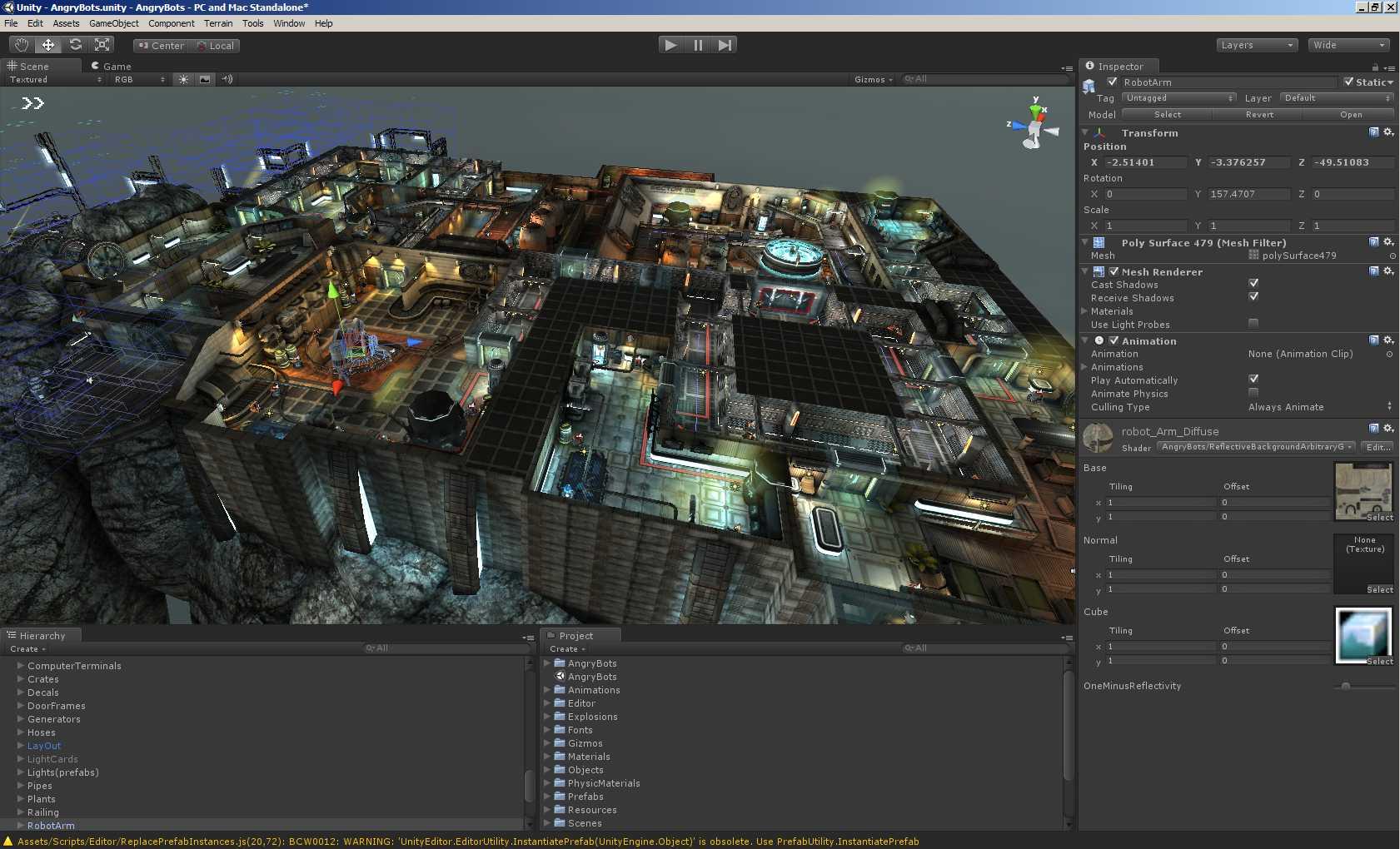

Materials with a Transparent Surface Type are more resource intensive to render than Materials with an Opaque Surface Type. Specifies whether the material supports transparency or not. Surface Options control the overall look of your Material's surface and how Unity renders the Material on screen. This adds a new Material to your Unity Project’s Asset folder.Ĭlick the Shader drop-down at the top of the Material Inspector, and select HDRP > Hair. Right-click the Asset Window and select Create > Material. In the Unity Editor, navigate to your Project's Asset window. To create a Hair Material from scratch, create a Material and then make it use the Hair shader. New Materials in HDRP use the Lit shader by default. Here you will see the hair sample material set up in-context with a scene, and available for you to use.

In the main window that shows the package's details, find the Samples section.Go to Windows > Package Manager, and select High Definition RP from the package list.HDRP comes with a Hair Material sample to further help you get started. To learn more about the Hair shader implementation, or to create your own Hair shader variant, see the Shader Graph documentation about the Hair Master Node. Under the hood, the Hair shader is a pre-configured Shader Graph. If you use semi-transparent hair cards, you must manually sort them so that they are in back-to-front order from every viewing direction.

Each hair card represents a different section of hair. To create a realistic looking hair effect, it uses layers called hair cards. The Hair shader is your starting point for rendering hair and fur in the High Definition Render Pipeline (HDRP).


 0 kommentar(er)
0 kommentar(er)
